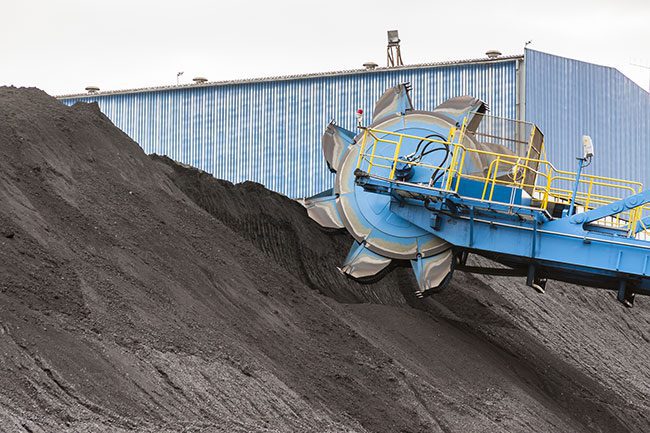Bucket Conveyors and Bucket Elevators

If you are looking for a machine that can move bulk materials vertically, it is a pretty good chance you need a bucket conveyor. These machines will grant you a more efficient process flow, but you have to understand the design functions. Critical information to know is how your material will be affected with this machinery, and the three choices you have in choosing the correct bucket elevator.
How to Choose the Right Bucket Conveyor and Bucket Elevator
Bucket elevators move bulk material vertically much like the conveyor belt. Buckets are attached to a rotating belt and fill with the material at the bottom of the elevator then move it to a designated point. When the bucket reaches this point, it discharges the contents, returns to the start point, and begins the process again. Buckets prevent spillage with their upright position design. There are three types of bucket elevators to choose from.
Three Types of Bucket Elevators
Configurations for bucket elevators get engineered for different applications. Depending on the kind of material you want the conveyor to move, the horsepower it will take to run it, and how high the elevator will go determines which type of elevator to use. The options open to you are centrifugal bucket elevators, continuous or positive discharge types.
- Centrifugal Bucket Elevator rotates at a swift pace and deposits the material at the top of the lift at ‘centrifugal force’ (objects traveling in a circle behave as if they are experiencing an outward force). Centrifugal Bucket Elevators move at about 4.3 to 11.5 feet per second, with buckets spread further apart. This type of bucket conveyor works great with fine, granular material as it too fast for lumpy material.
- Continuous Bucket Elevators are a much gentler process. This process moves much slower at 3.3 to 4.3 feet per second. Continuous Bucket Elevator best handles materials that are fluffy and light and should not be aerated. Buckets are placed side-by-side with no gaps in between so the material does not spill out. This system allows for more material processing per rotation. When using a bulkier material with this method, you will need horizontal or angular assembly.
- Positive Discharge Bucket Elevator is a lot like the Centrifugal Bucket Elevator. This process works best on materials that will stick to the sides of the bucket and not allow them to discharge. Positive Discharge Bucket Elevator rotates slower at a rate of approximately 2.7 feet per second. Compensations are made for the slower speeds with the use of larger buckets. Buckets are passed over an extra sprocket to give them a jolt to dislodging stuck material.
Best Uses for Bucket Conveyor
The Bucket Conveyor process works best for dry, dusty material. These machines will also work well for heavier, more challenging material such as those found in mining operations. It is not recommended that you use this system if your material is wet, sticky, or has a sludge consistency. The build up these materials can create discharge issues during your process.
How to Know if Your Material Will Work for Bucket Conveyor
The type of material you have will determine if a Bucket Conveyor is your best choice. These machines are capable of handling a large number of different products such as heavy, fragile, abrasive or light; however, only free flowing material should be used. Other factors concerning your material are the size, moisture level, and density which will play a big part in creating a bucket conveyor that will work efficiently for your job.
What Capacity Rate Can You Expect?
The capacity rate tells you how much material moves through the Bucket Conveyor. When you are ready to have your machinery designed, you will need to ensure it is created to maximum capacity to get full utilization of your bucket elevator. Your goal is to secure the proper unit is to attain the best possible capacity rate output.
Dimensional Information
Designing a bucket elevator for you also requires knowing the desired height you will need the material lifted. When you take the type of material you are moving, combined with the capacity rate, and know the overall bucket elevator height will create the perfect bucket conveyor system for your operation. Include the size of the facility with your order to ensure the system will fit into your space.
Bucket conveyor systems are used in many industries today and serve a variety of purposes. These systems have a large transporting capacity with much lower maintenance rate. These machines are durable with little driving power and transport material quickly and smoothly. Choosing this system for your operations will ensure a reliable source of transportation that will function more efficiently. For your heavy fabrication project, please do not hesitate to contact us at 419-826-4816 or email us at info@swantonweld.com. Our innovative technology and expert welders will provide you with a great product every time.

